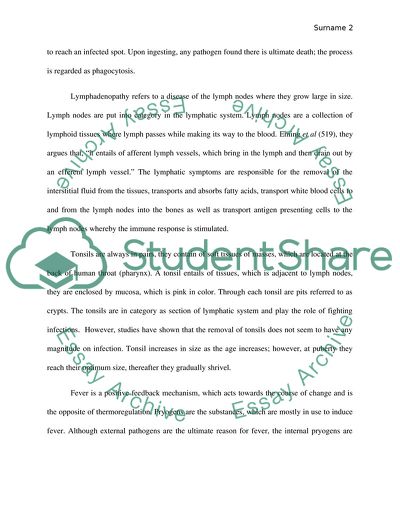Case presentation Essay Example | Topics and Well Written Essays - 500 words. https://studentshare.org/medical-science/1797401-molecular-and-cellular-mechanisms
Case Presentation Essay Example | Topics and Well Written Essays - 500 Words. https://studentshare.org/medical-science/1797401-molecular-and-cellular-mechanisms.


